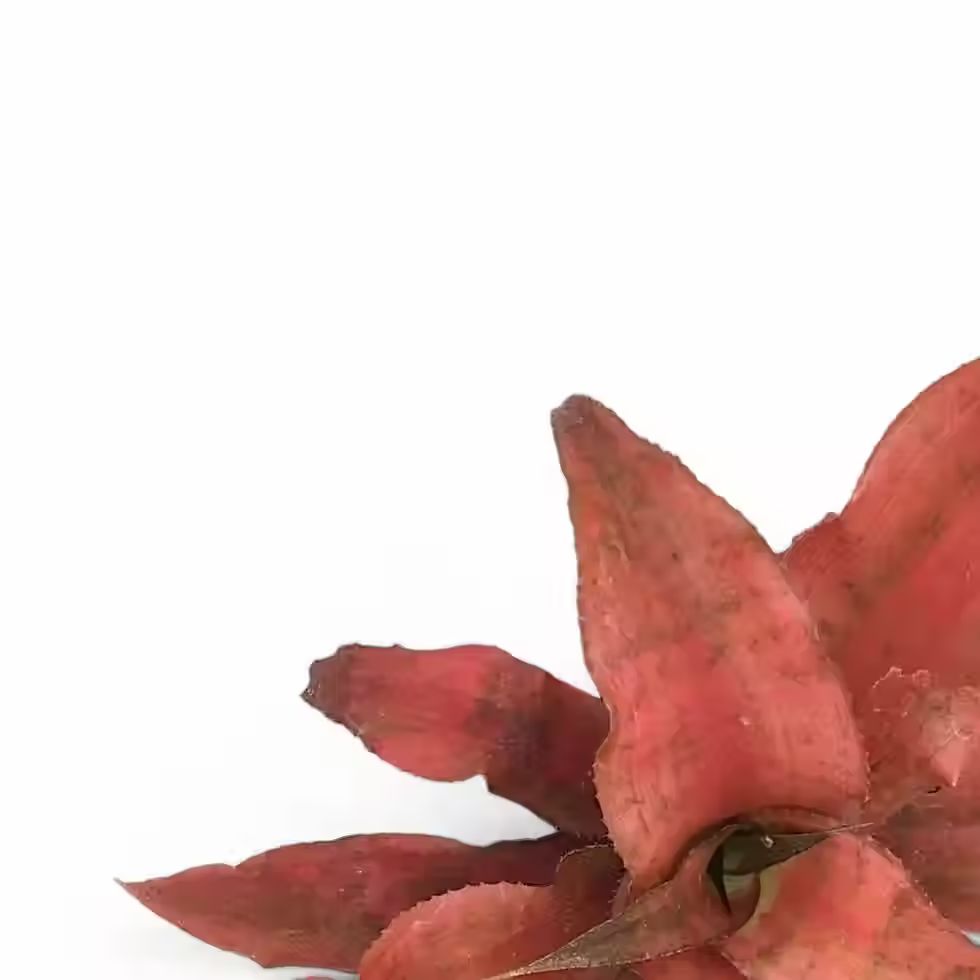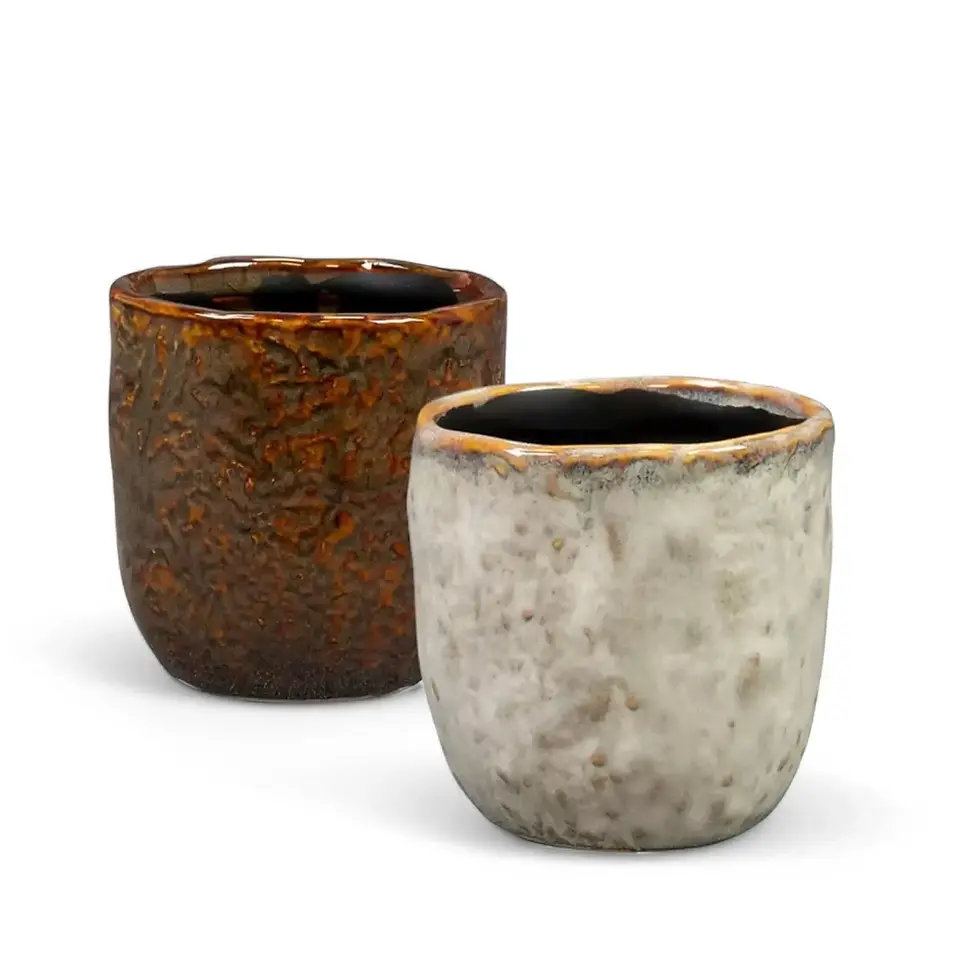Philodendron rugosum Abberant Form – Unique Leaf Texture and Shape
Philodendron rugosum Abberant Form is a rare and distinct variety of the species, known for its very thick, leathery leaves with a unique contorted shape. Unlike the typical form of P. rugosum, the leaves of this variety are slightly elongated and feature a very conspicuous undulate (wavy) margin. They are smoother than the standard leaf blades and display a bicolorous appearance, with a mix of dark and lighter green hues. This form of P. rugosum is a scandent herb, meaning it naturally climbs or trails over nearby surfaces. The petioles are terete (rounded), and the leaf blades are coriaceous (leathery), ovate in shape with a cordate (heart-shaped) base.
Foliage and Growth Habit of Philodendron rugosum Abberant Form
- Leaf Shape: Elongated, ovate, with wavy edges and a smooth texture.
- Color and Texture: Bicolored green leaves with a leathery, glossy finish.
- Growth Habit: A scandent herb, which means it climbs or trails over supports.
What You Need to Know About Philodendron rugosum Abberant Form
- Size: Typically grows to 1–2 meters in height, but its growth can be controlled with pruning.
- Natural Habitat: Native to tropical rainforests, it thrives in humid, shaded environments.
- Toxicity: Like many other philodendrons, P. rugosum contains calcium oxalate crystals and is toxic if ingested by pets or humans.
- Lifecycle: A perennial with a climbing habit, producing large, attractive leaves.
Care Guide for Philodendron rugosum Abberant Form
- Light: Prefers bright, indirect light, but can tolerate lower light conditions. Avoid direct sunlight, which can scorch the leaves.
- Watering: Keep the soil consistently moist but well-drained. Avoid overwatering to prevent root rot.
- Humidity: Requires high humidity to thrive, especially to maintain its leaf shape and health.
- Temperature: Thrives in temperatures between 18–27°C. Protect from cold drafts and temperatures below 15°C.
- Soil: Prefers a well-draining, organic-rich potting mix.
- Repotting: Repot every 1–2 years or when the plant becomes root-bound.
- Fertilizing: Feed with a balanced liquid fertilizer during the growing season (spring to summer).
- Propagation: Best propagated by stem cuttings. Place cuttings in water or moist soil until roots develop.
Common Issues and Solutions for Philodendron rugosum Abberant Form
- Leaf Curling: Can be caused by low humidity or underwatering. Ensure the plant is kept in a humid environment and watered regularly.
- Yellowing Leaves: Overwatering or poor drainage can lead to yellowing leaves. Ensure proper drainage and let the soil dry slightly between waterings.
- Pests: Susceptible to aphids, mealybugs, and spider mites. Inspect regularly and treat with neem oil, or use beneficial insects or insecticidal soap if needed.
Additional Notes on Philodendron rugosum Abberant Form
Due to its stunning and unique leaf texture, Philodendron rugosum Abberant Form makes an excellent addition to indoor plant collections, particularly in environments with high humidity. This variety’s ability to climb makes it an ideal plant for vertical garden setups or hanging planters, where it can show off its dramatic foliage.
Etymology of Philodendron
The genus name Philodendron comes from the Greek words "philo-" meaning "loving" and "dendron" meaning "tree," reflecting the plant’s natural habit of clinging to trees in its native environment.
Etymology of Alocasia rugosum
The specific epithet "rugosum" comes from the Latin word "rugosus," meaning "wrinkled" or "rough," referring to the texture of the plant’s leaves, which is also a characteristic of this species.
Frequently Asked Questions About Philodendron rugosum Abberant Form
- Is Philodendron rugosum Abberant Form suitable for beginners?
While relatively easy to care for, this plant does require attention to humidity and moisture levels, so it is best suited for intermediate plant enthusiasts. - How can I increase humidity for my Philodendron rugosum Abberant Form?
To boost humidity, consider using a humidifier, placing the plant on a pebble tray with water, or grouping it with other plants. - Why are the leaves of my Philodendron rugosum Abberant Form turning yellow?
Yellowing leaves may indicate overwatering or inadequate drainage. Ensure the plant is in a well-draining soil mix and avoid keeping the soil too wet. - Can I propagate Philodendron rugosum Abberant Form?
Yes, it can be propagated through stem cuttings. Simply place the cuttings in water or moist soil and wait for new roots to develop.
Philodendron rugosum aberrant form
Philodendron rugosum aberrant form comes in a ⌀ 12 cm pot and is approximately 25 cm tall

























































